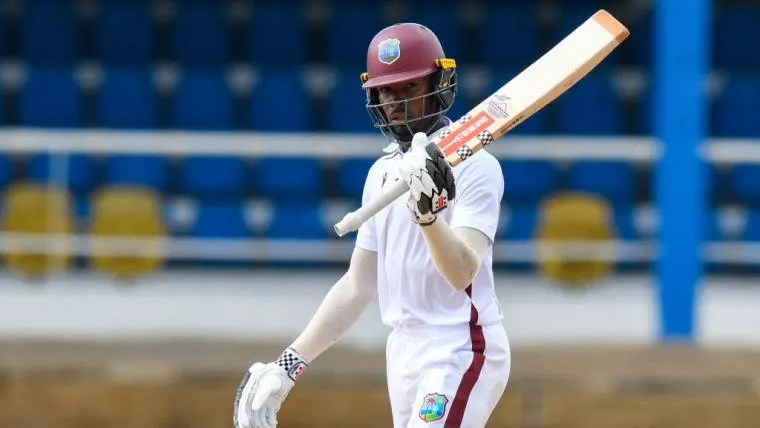
With West Indies cricket on a determined path to rebuild its former glory, the emergence of promising newcomers like Alick Athanaze and Shamar Joseph brings a refreshing surge of hope. Their performances in red and white-ball formats have already drawn praise, but the central question remains—can these raw talents consistently deliver under the intense pressure of international cricket?
Athanaze has quickly developed a reputation as a top-order aggressor who blends power with poise. On his ODI debut, he announced himself with a blistering half-century, showing not just shot-making ability but also maturity beyond his years. In a high-scoring chase against England, he stood out with a match-winning knock, proving his ability to perform when the team needed composure and clarity.
He is no slouch in handling expectations. Whether opening or at No. 3, Athanaze brings a fearless style West Indies has often lacked since the retirements of their 2010s stalwarts. Yet, consistency remains the true challenge. While early brilliance suggests he can anchor innings and control tempo, he’ll need to demonstrate the ability to adapt—whether facing spin in the middle overs or responding to scoreboard pressure in a tight chase.
Then there’s Shamar Joseph—a true fast-bowling revelation. His raw pace, aggressive length, and fearless approach have already earned him cult status. Bursting onto the scene with game-changing spells in Test matches, Joseph has shown he’s made for the big moments. One of his defining traits is composure under fire—an ability to turn games with singular effort, a quality rare in young pacers.
Transitioning to ODIs, however, brings a new set of challenges. Joseph’s effectiveness will depend on how well he can handle restrictive field placements, slower pitches, and batsmen trained to neutralize pace with innovation. He’s more than just a strike weapon—his control in the middle overs and ability to execute yorkers at the death will define his longevity in the format.
The bigger question is how West Indies incorporates them into its larger strategy. With veterans like Jason Holder and Nicholas Pooran offering a stabilizing presence, these newcomers could flourish if their roles are well defined. Athanaze could be tasked with giving the team a flying start, while Joseph might be used as an enforcer—breaking partnerships and containing momentum.
There’s also the pressure of expectation. West Indies fans have seen countless promising careers flare and fade. Athanaze and Joseph must not just rise once—they must stay there. That requires backing from team management, tactical clarity, and mental resilience.
In the end, these two cricketers represent more than just future potential—they are the symbols of a team on the cusp of change. If they continue to embrace pressure and grow with each opportunity, West Indies cricket may finally begin to rewrite its narrative—from fallen giants to fearless contenders once again.

